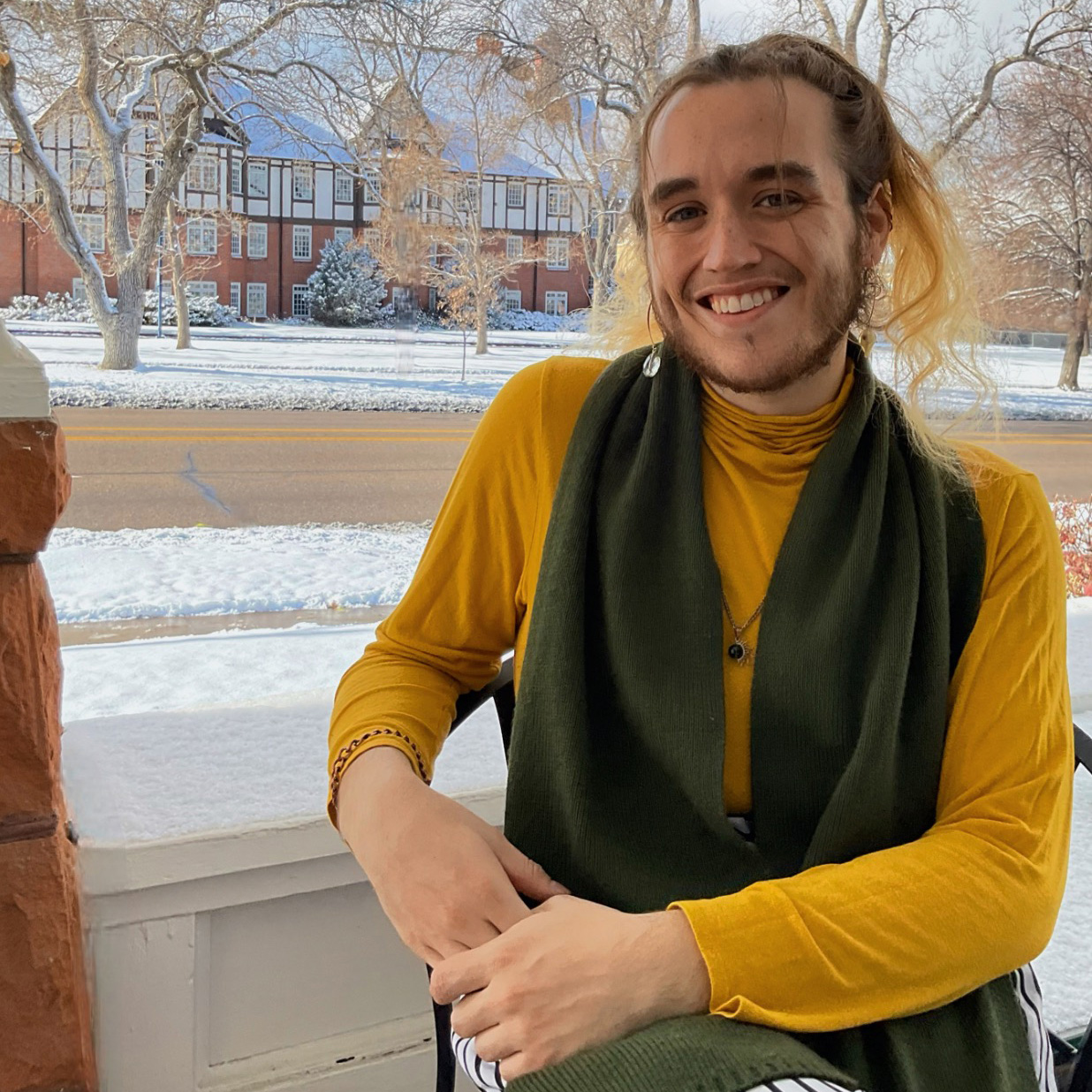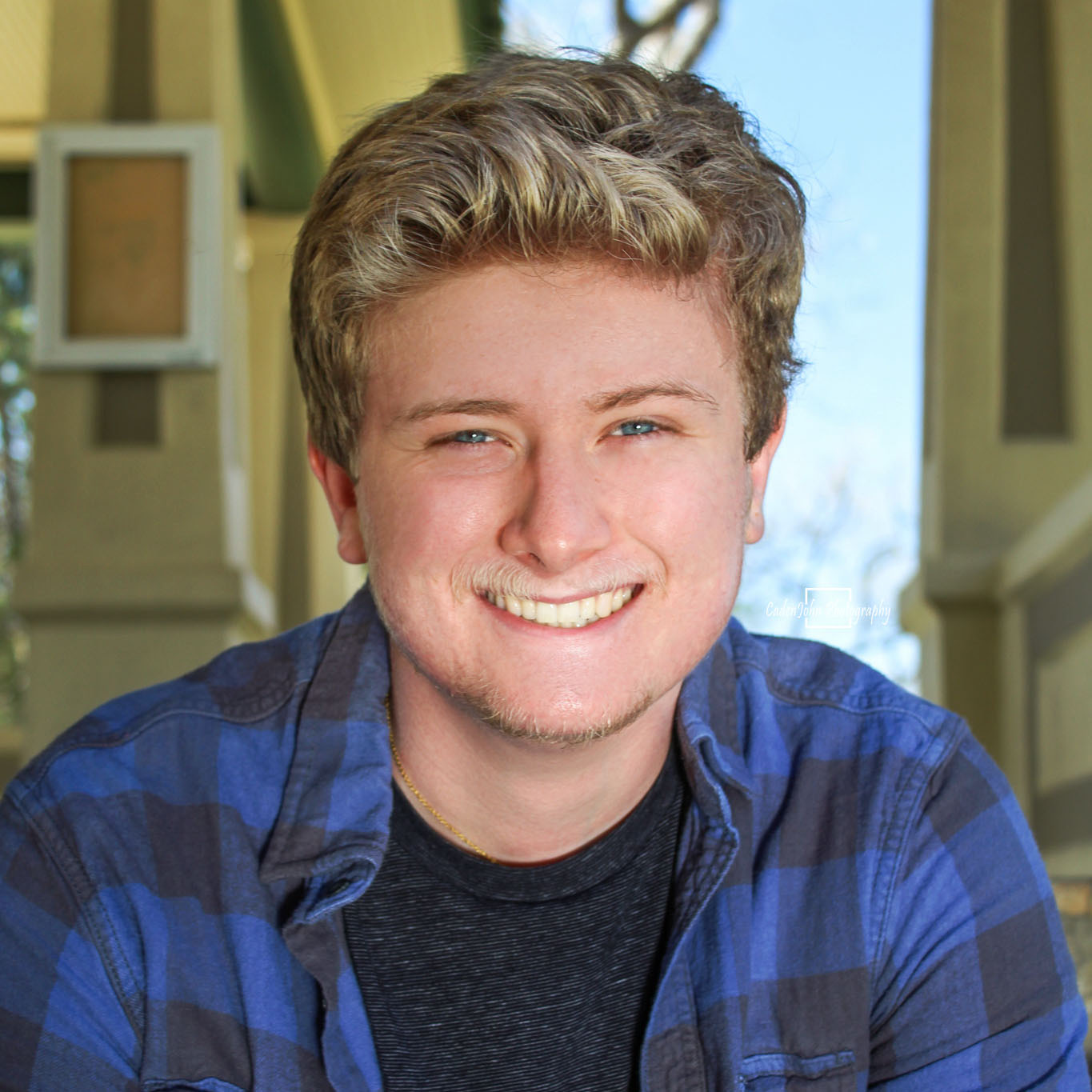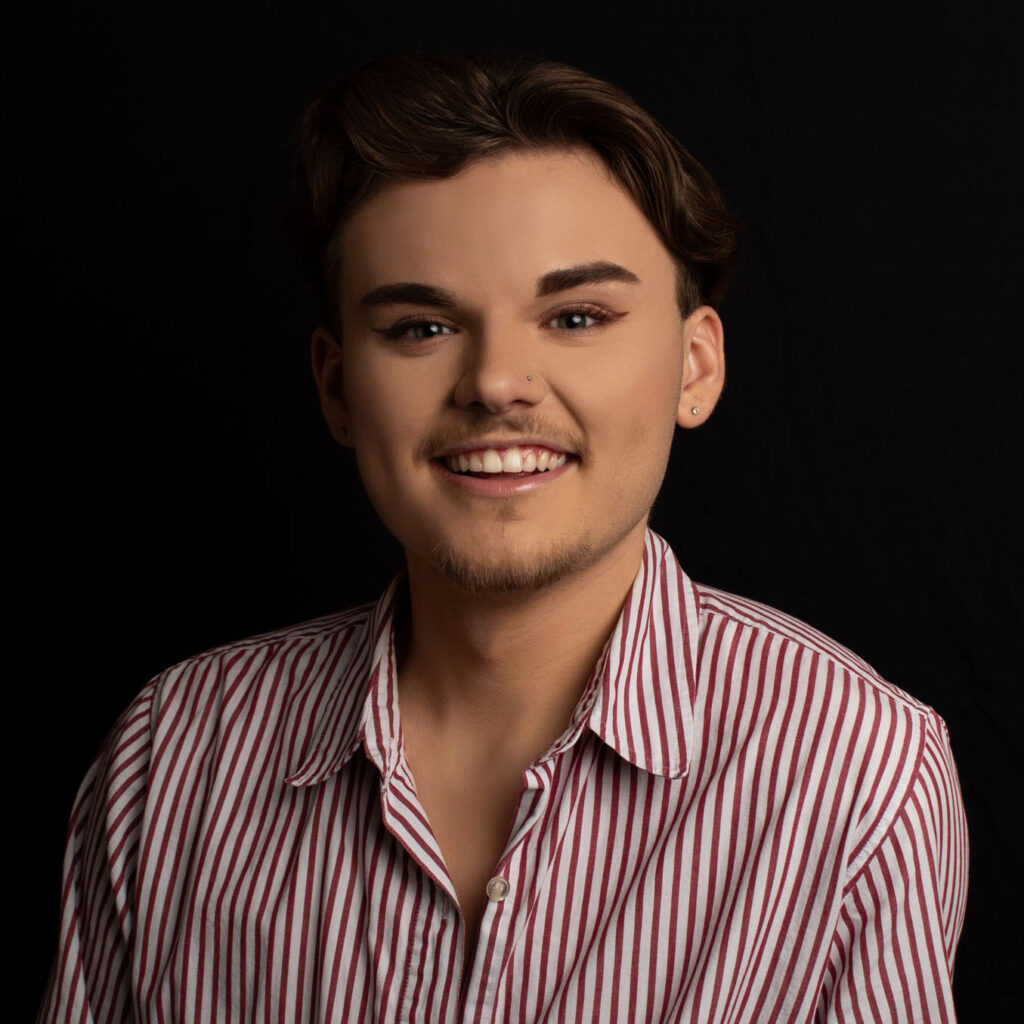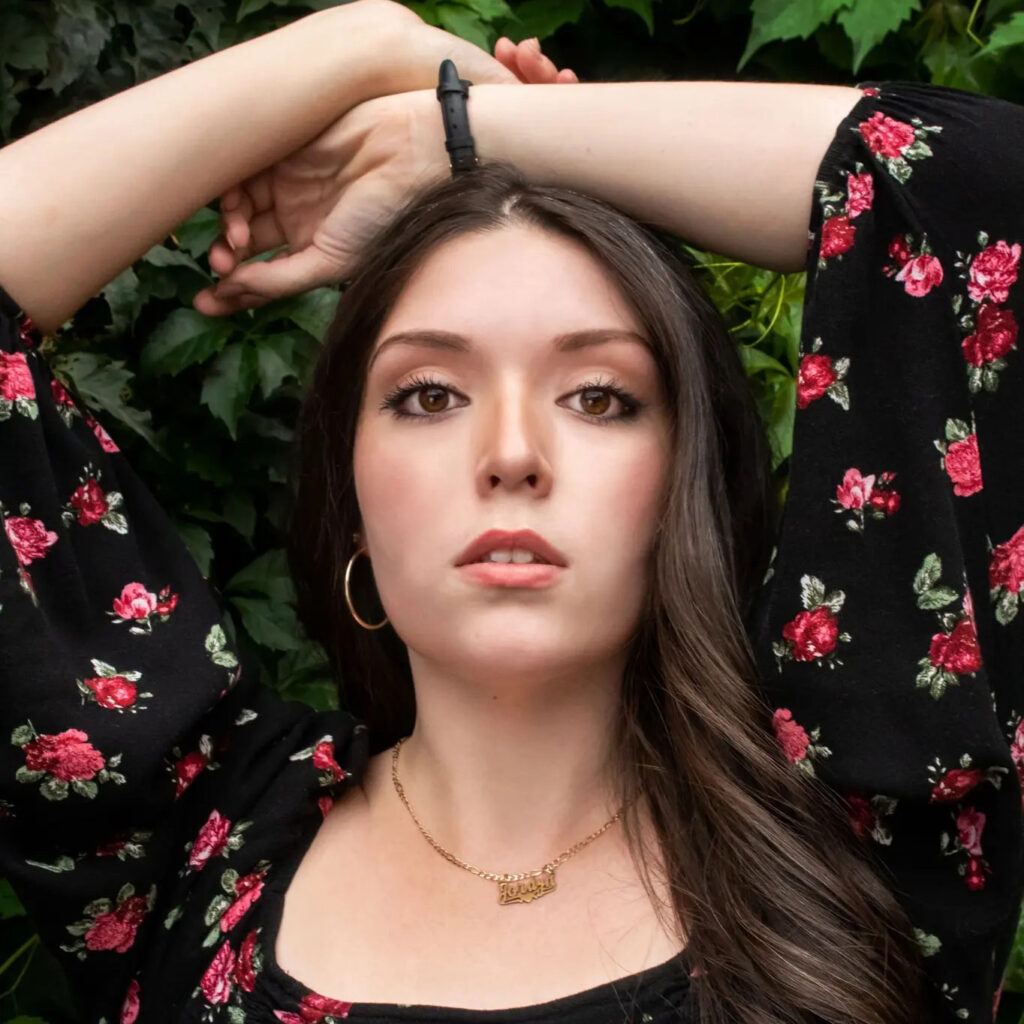
Article
March 23, 2023
Written by Sydney Kern
The Show Behind the Show, What it Takes for Theatre Design and Technology Students to Create a Musical Production
In UNC’s latest production of Rodgers and Hammerstein’s Cinderella, 60 students were involved in the creation of the show, half of which were tasked with behind-the-scenes duties. Take a look at four specific roles seniors took on that helped make Cinderella’s glass slipper fit night after night a possibility.
When going to see a University of Northern Colorado musical theatre production, the audience can expect to enjoy characters and music coming to life. What isn’t as obvious is all the activity happening behind the stage and the preparation that took place weeks prior. Working just as rigorously as the dancers, singers and actors are the Theatre Design and Technology students that make sure every microphone is on, every light is shining, every pair of pants fit and the orchestra is heard.
All of that is possible through the state-of-the-art design labs and advanced technical equipment the students have access to at UNC. That, along with the industry professionals and faculty that design alongside them, is what creates the professional standard shows that move the audiences.
In the case of UNC’s latest production of Rodgers and Hammerstein’s Cinderella, 60 students were involved in creating the show, half of which were tasked with behind-the-scenes duties. Take a look at four specific roles seniors took on that helped make Cinderella’s glass slipper fit night after night a possibility.
Watch the behind-the-scenes magic through the lens of Theatre Design and Technology students below:
Rodgers and Hammerstein’s Cinderella ran from March 2-5 with five performances.







